Basic rhythm - control centers in medulla oblongata, spirograph and normal tidal cycle
By: HWC
Date Uploaded: 11/01/2019
Tags: homeworkclinic.com Homework Clinic HWC inspiration and expiration Basic rhythm control centers in medulla oblongata rhythmicity area medullary rhythmicity Inspiratory area Expiratory area spirograph normal tidal cycle intercostals
• Normal ventilation is rhythmic and involves continuous cycles of inspiration and expiration. • Various regions of the brain closely regulate this rhythmic pattern of ventilation. • The rhythmicity area in the medulla regulates the basic rhythm of ventilation. • The medullary rhythmicity area contains: • Inspiratory area. • Expiratory area. • During normal, quiet ventilation only the inspiratory area is active but during forced ventilation both areas are active. • Air flow within the respiratory system can be monitored by a spirogram. • Inspiration is typically depicted as an upward deflection of the graph • Expiration is typically depicted as a downward deflection of the graph. • During normal breathing, nerve impulses are spontaneously generated from the inspiratory area in the medulla. • Impulses stimulate inspiratory muscles (diaphragm and external intercostals). • Inspiratory muscles contract and air moves into the lungs. • After about two seconds, impulses from the inspiratory area cease and inspiratory muscles relax. • For the next three seconds, inspiratory muscles are not stimulated so passive elastic recoil produces expiration. Air moves out of the lungs. • After three seconds of relaxation, the inspiratory area again stimulates the inspiratory muscles to contract. • A new ventilation cycle begins. • The inspiratory area controls normal ventilation while expiration is passive.
Add To
You must login to add videos to your playlists.
Advertisement



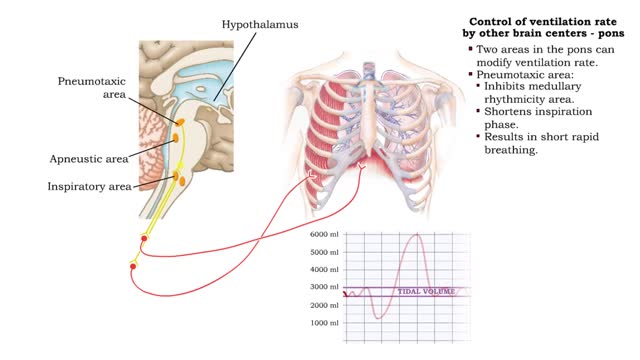


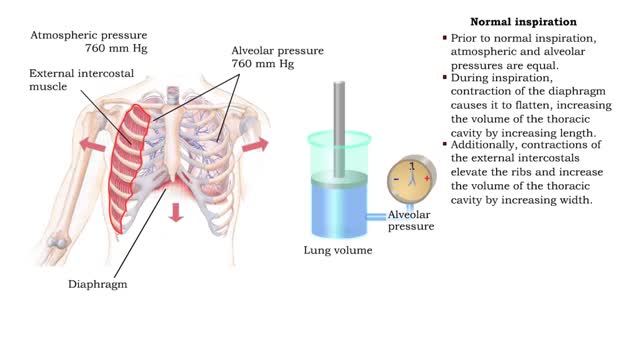

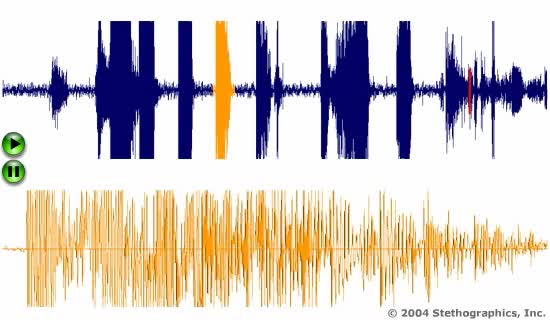
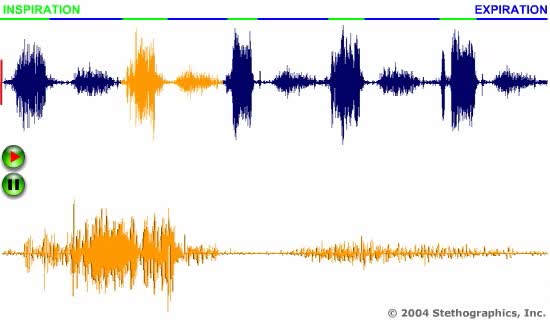
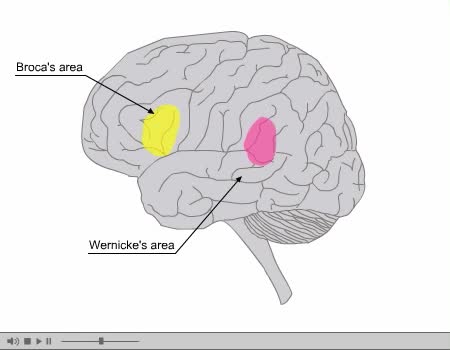

Comments
0 Comments total
Sign In to post comments.
No comments have been posted for this video yet.